Sound and light energy -> nebulae
Nebulae
A nebula (plural: nebulae) is a vast cloud of gas and dust in space. Nebulae are often the birthplaces of stars and planets, and they come in a variety of shapes, sizes, and colors.
Types of Nebulae
There are several types of nebulae:
- Emission Nebulae: These nebulae emit light of various colors and are often associated with the formation of new stars.
- Reflection Nebulae: These nebulae reflect light from nearby stars and appear bluish in color.
- Dark Nebulae: These are dense clouds of gas and dust that block the light from objects behind them, making them appear dark against the background sky.
- Planetary Nebulae: These are the remnants of dying stars, where the outer layers of the star are expelled into space, forming a glowing shell of gas.
Formation of Nebulae
Nebulae are formed from the remnants of dying stars, as well as from the gas and dust present in interstellar space. When a star reaches the end of its life cycle, it may expel its outer layers into space, contributing to the formation of nebulae. Additionally, the gravitational collapse of interstellar gas and dust can also lead to the formation of nebulae.
Studying Nebulae
Astronomers study nebulae using telescopes that can detect various wavelengths of light, such as visible light, infrared light, and radio waves. By analyzing the light emitted or reflected by nebulae, scientists can learn about the composition, temperature, and dynamics of these cosmic clouds.
Study Guide
Here are some key points to remember about nebulae:
- The term "nebula" comes from the Latin word for "cloud."
- Nebulae are important in the formation of stars and planets.
- There are different types of nebulae, including emission, reflection, dark, and planetary nebulae.
- Astronomers study nebulae using telescopes that can detect various wavelengths of light.
- Nebulae are dynamic and ever-changing, providing valuable insights into the processes occurring in the universe.
Remember to use this study guide as a reference while learning about nebulae, and don't forget to explore further resources to deepen your understanding of this fascinating topic.
[Nebulae] Related Worksheets and Study Guides:
.◂Science Worksheets and Study Guides Fifth Grade. Sound and light energy
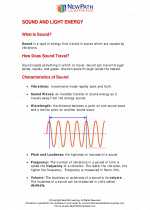
 Activity Lesson
Activity Lesson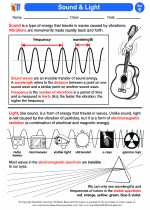
 Worksheet/Answer key
Worksheet/Answer key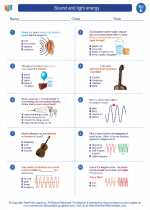
 Worksheet/Answer key
Worksheet/Answer key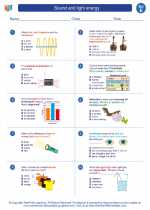
 Worksheet/Answer key
Worksheet/Answer key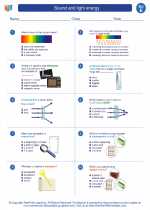
 Worksheet/Answer key
Worksheet/Answer key
 Vocabulary/Answer key
Vocabulary/Answer key
 Vocabulary/Answer key
Vocabulary/Answer key
